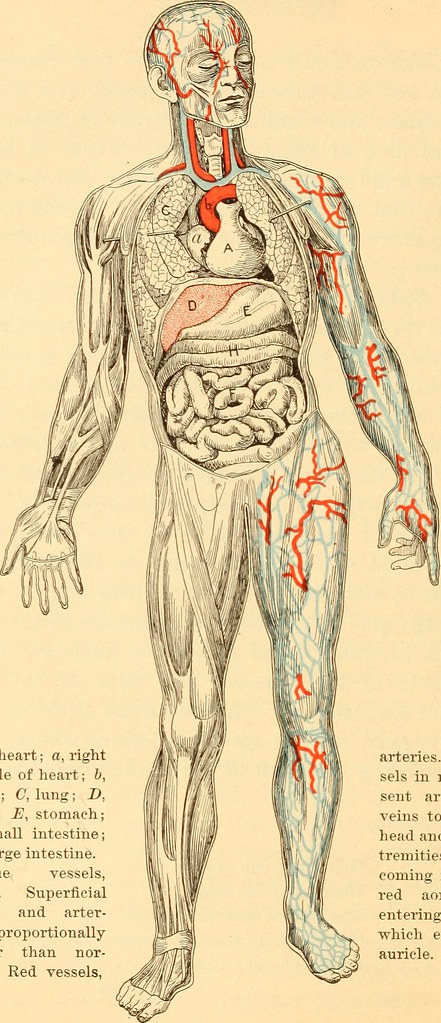How to Study for Anatomy and Physiology
Taking an anatomy class in high school, college, or medical school can feel overwhelming. With so much information to memorize, knowing how to study effectively is essential. Below is an anatomy study guide with strategies to help you succeed.

1. Use Anatomical Models and Charts
Anatomical models and charts, such as 3D anatomy models and human anatomy charts, provide a hands-on learning experience. These tools help you visualize complex body structures and gain a deeper understanding of how they relate spatially. A human anatomy chart or organ chart is perfect for visual learners who need to see the whole picture to grasp details. Medical posters featuring human anatomy images can also serve as quick references.
2. Break It Down
The key to tackling a large subject like the human anatomy figure is to break it down into smaller chunks. Study one system or region at a time, such as the muscular or nervous system, rather than attempting to learn everything at once. This makes the material more manageable and easier to remember.
3. Practice Repetition
Repetition is a proven study method. Reviewing material regularly, whether through anatomical charts, flashcards, or quizzes, helps reinforce what you’ve learned. This can be as simple as reviewing a human anatomy chart or using anatomy study apps to test your knowledge.
4. Use Active Recall
Don’t just passively read through notes—test yourself! Active recall involves pulling information from memory without cues, which helps strengthen retention. For example, after studying an anatomical model or human anatomy images, close the book and try to label the parts from memory.
5. Relate Structure to Function
One of the most effective ways to study anatomy and physiology is by connecting the structure of body parts to their function. Understanding how the form of an organ supports its role in the body can make the information stick more effectively. For example, when studying an organ chart or model of the heart, consider how the heart's design or structure relates to its function in pumping blood.
6. Study in Groups
Group study can help you gain new perspectives and clarify complex topics. A study group can study a 3D heart model together and then discuss the difficult concepts that relate to understanding the anatomy of the heat. Doing this in a group helps reinforce your understanding and fills in gaps in your knowledge.
With these active learning strategies, you’ll be well-equipped to master the challenging subject of anatomy. Whether you’re using anatomical models, medical posters, or other resources, combining these techniques can significantly boost your retention and confidence.
Related Blog Post: Anatomical Models and Charts: Tools of the Trade in Healthcare
Recent Posts
-
How Occupational and Hand Therapists Perform Initial Hand Function Evaluations
When a patient begins hand therapy—whether recovering from an injury, surgery, or neurolo …Apr 6th 2025 -
What to Expect During Hand Therapy: A Guide for Patients and Caregivers
If you’re starting hand therapy—whether after surgery, a stroke, or a neurological …Apr 6th 2025 -
Improve Hand Function and Dexterity with the Neofect Smart Pegboard
The Neofect Smart Pegboard is a revolutionary tool in the field of occupational therapy. I …Mar 25th 2025



